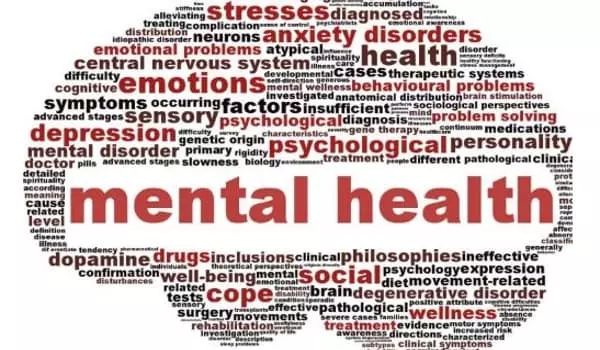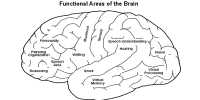One in every five Ontario children and youth has a mental disorder, but only about one-third have had contact with a mental health care provider. A new study included 10,802 children and adolescents aged four to seventeen from 6,537 families. It replicated and expanded on the seminal 1983 Ontario Child Health Study, which included 3,290 children from 1,869 families.
Mental illness is a brain function disorder. There are numerous classes and categories of mental health disorders, and those who suffer from them are not doing so on purpose. Various factors can cause and/or contribute to the development of mental illness, and while each person’s experience is unique, suffering from a mental health disorder can have a significant impact on one’s life and overall well-being. Having a mental illness can make even the most mundane tasks in life difficult. Mental illness has the potential to affect all aspects of one’s life, including work, school, and social interactions.
According to the Ontario Child Health Study, one in every five Ontario children and youth suffer from a mental disorder, but less than one-third have had contact with a mental health care provider (OCHS). Although the overall findings are similar to those of a similar 1983 study, the new study discovered that a much higher proportion of children and youth with a disorder had contact with other health providers and in other settings, most often through schools.
The study discovered that in the previous year, more than 8% of youth considered suicide, and 4% attempted suicide. The OCHS 2014 study included 10,802 children and youth aged four to seventeen from 6,537 families. It replicated and expanded on the seminal 1983 Ontario Child Health Study, which included 3,290 children from 1,869 families.
Kathy Georgiades.
The new study, dubbed the 2014 OCHS after the year data collection began, discovered that prevalence patterns among different sexes and age groups have shifted. The prevalence of hyperactivity disorder in boys aged four to eleven years has risen dramatically from nine to sixteen percent, but there has been a significant drop in disruptive behavior among males aged 12 to sixteen years, from ten to three percent. Anxiety and depression have increased dramatically among both male and female youth, rising from 9% to 13%.
At the same time, perceptions of the need for professional help with mental health disorders increased significantly, rising from 7% in the original OCHS in 1983 to 19% in the 2014 OCHS. The study’s authors, however, say it’s difficult to say whether it’s related to the growing prominence of anti-stigma and mental health awareness campaigns over the last three decades.

In the last 30 years, the prevalence of any disorder has increased in communities with a population of 1,000 to 100,000 people, rather than large urban areas, and there is strong evidence that poor children are more likely to have a disorder if their neighborhood has a high level of violence.
The study also discovered that in the previous year, more than 8% of youth considered suicide, and 4% attempted suicide. The OCHS 2014 study included 10,802 children and youth aged four to seventeen from 6,537 families. It replicated and expanded on the seminal 1983 Ontario Child Health Study, which included 3,290 children from 1,869 families.
Despite popular belief, mental illness is common among teenagers. One in every five adolescents (aged 12 to 18) has at least one mental health disorder. Mental health disorders can have a significant impact on daily life and overall well-being, and depending on the type, they can affect relationships, physical health, academic performance, and other areas. While depression and anxiety are the most commonly diagnosed mental illnesses in teens, they can also have eating disorders, personality disorders, substance-abuse disorders, psychotic disorders, and other issues.
The adolescent and teenage years are critical transitional years for young people from childhood to adulthood. Because this formative period is so important in shaping how young people will function as adults, it is critical to ensure that adolescents and teenagers are fully supported in all aspects of life, including mental health, in order to facilitate this transition.
Researchers believe that adolescent brain changes increase a teen’s vulnerability to depression and anxiety, and that this contributes to the severe gender disparity in these disorders.
The Canadian Journal of Psychiatry published eight papers on various aspects of the 2014 OCHS results at the same time. “This is a very robust study that we believe represents the situation in Canada,” said Michael Boyle, the study’s co-principal investigator. “That means that over a million Canadian children and youth are suffering from a mental health problem. This must be addressed.”
“This study underscores the ongoing need for effective prevention and intervention programs,” said co-principal investigator Kathy Georgiades.














